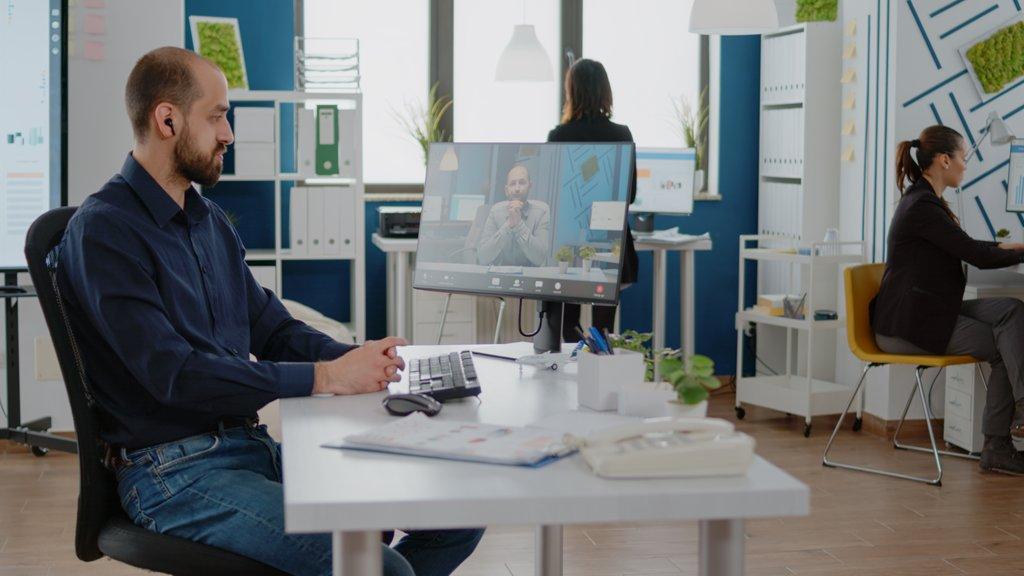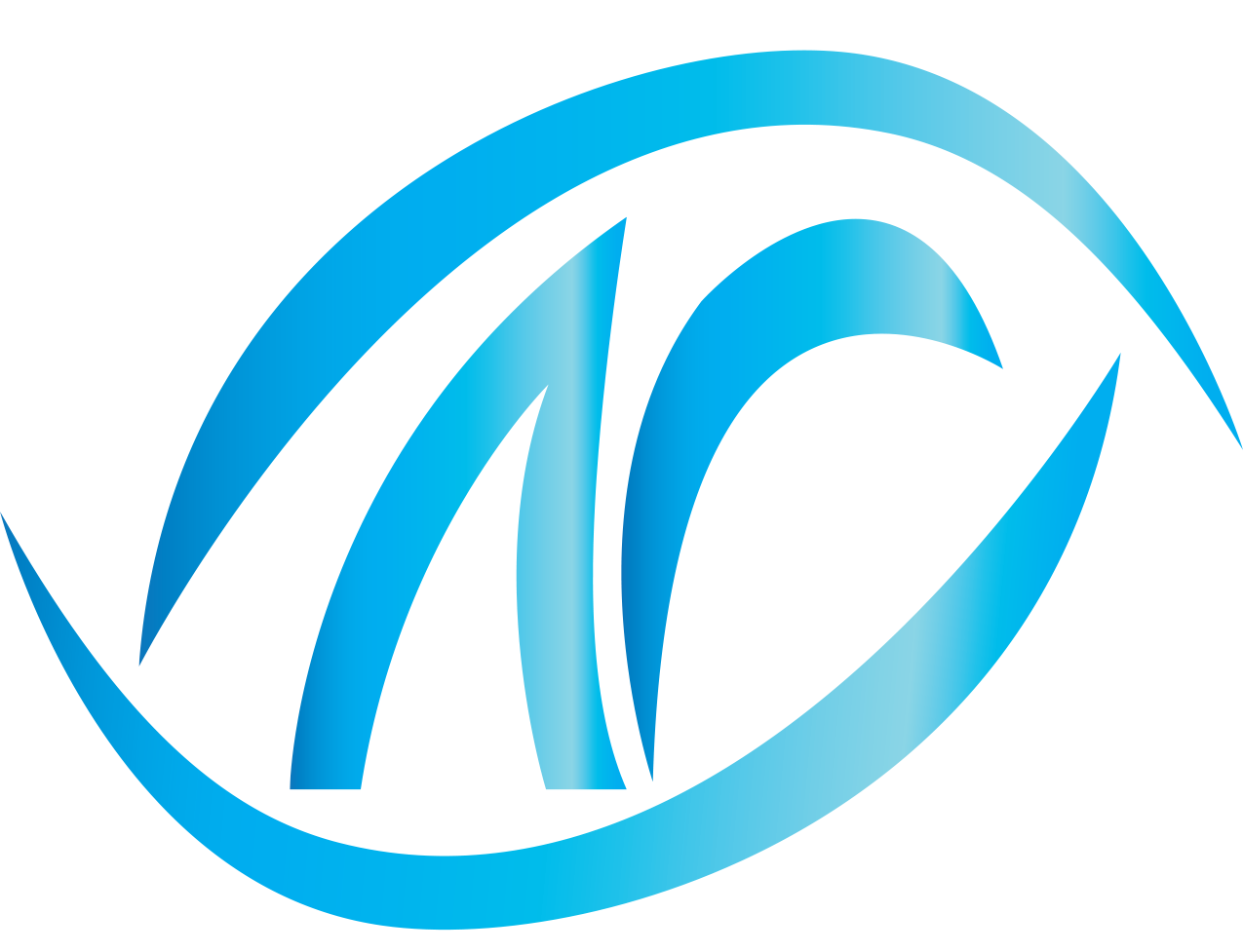
Introduction
The world of work has undergone a massive transformation. What was once a strict, office-first culture has now shifted to flexible arrangements where employees can work from home, the office, or even across continents. This shift to remote and hybrid models has brought tremendous opportunities—access to global talent, reduced overheads, and improved work-life balance—but it has also introduced challenges. How do businesses ensure consistent communication, maintain productivity, and keep operations transparent when teams are dispersed?
The answer lies in robust, centralized digital systems. ERPNext, a leading open-source Enterprise Resource Planning solution, provides exactly that. By offering an integrated platform for finance, HR, projects, collaboration, and analytics, ERPNext has become a powerful enabler of hybrid work models. This blog explores how ERPNext supports businesses in making the shift, ensuring efficiency, security, and long-term adaptability.
The Evolution of Work: From Office-First to Hybrid Models
For much of the 20th century, work was synonymous with physical offices. Employees commuted daily, sat at their desks, and collaborated face-to-face. Technology existed but was tied to on-premise servers and limited accessibility. However, the digital revolution began dismantling this model. High-speed internet, cloud computing, and mobile devices empowered employees to work from anywhere.
The COVID-19 pandemic accelerated this transition. Businesses were forced to test remote work on a global scale, and surprisingly, many thrived. The result was the rise of hybrid work: a flexible approach combining the structure of the office with the autonomy of remote work. Yet, without integrated systems, many organizations struggled with disjointed tools and communication gaps. ERPNext emerged as a solution to bridge these gaps, offering a single platform where remote and in-office employees can thrive together.
Why Businesses Struggle Without a Unified System
When organizations attempt hybrid work without a robust digital system, they often fall into chaos. Different departments adopt separate tools—HR might use one platform, finance another, and sales a third. This fragmentation creates data silos, making it impossible to get a consolidated view of operations. Employees are forced to switch between apps, duplicating work and slowing productivity.
The absence of a unified system also leads to poor decision-making. Leaders struggle to access accurate, real-time data, and teams face delays in aligning goals. In a hybrid setup, these issues become amplified because teams no longer have casual in-office interactions to cover the gaps. ERPNext eliminates these inefficiencies by consolidating all business functions—HR, finance, sales, inventory, and projects—under a single umbrella. Everyone works on the same platform, ensuring consistency, accuracy, and transparency.
Cloud-First Accessibility: Work Without Boundaries
Remote work thrives on accessibility. ERPNext’s cloud-first design ensures that employees can access the system from anywhere—home, office, or while traveling. All they need is an internet connection. For companies with global teams, this means operations are not limited by geography or time zones. A finance manager in India can approve expenses logged by a sales executive in Europe in real time.
This level of accessibility also reduces dependency on physical infrastructure. Businesses no longer need to rely on office servers or VPNs, which often become bottlenecks in hybrid setups. With ERPNext, the system grows as the business grows, scaling effortlessly with additional users and modules.
Centralized Collaboration: Bringing Teams Together
Collaboration is the lifeline of hybrid work. Teams must coordinate without being in the same room. ERPNext makes this seamless by providing shared workspaces, centralized documents, and task management tools. Instead of relying on endless email threads or fragmented chat histories, teams can collaborate within ERPNext itself.
For instance, project discussions can be logged directly into the system, task deadlines are visible to all stakeholders, and files are stored in one place. This ensures that even if employees are working in different time zones, they have access to the same information, minimizing misunderstandings and boosting accountability.
Real-Time Dashboards and Analytics: Visibility That Drives Decisions
In a distributed workplace, visibility is critical. ERPNext provides real-time dashboards and analytics that give leaders a clear picture of operations. Whether it’s sales performance, project progress, or financial health, executives can access accurate data instantly.
These dashboards not only provide a snapshot of current performance but also help identify trends. Businesses can track KPIs, monitor bottlenecks, and make data-driven decisions quickly. This is especially useful for hybrid models, where delays in communication could otherwise slow down responses. With ERPNext, decisions are guided by facts, not assumptions.
Human Resources and Payroll: Managing a Distributed Workforce
Managing HR in a hybrid setup is complex. From onboarding new employees remotely to handling payroll across multiple locations, HR teams face unique challenges. ERPNext simplifies this by automating HR processes. Recruitment, employee records, attendance, leave management, and payroll are integrated into one system.
For hybrid teams, ERPNext provides self-service portals where employees can apply for leave, log attendance, or update personal details without HR intervention. Multi-country payroll ensures compliance with local regulations, while appraisal tools allow managers to assess performance even when employees are remote. This makes HR management efficient, transparent, and adaptable to distributed teams.
Empowering Project Management Across Borders
Project management is one of the biggest challenges in hybrid work. Coordinating tasks, timelines, and resources across borders requires structure. ERPNext’s project management module allows managers to create detailed project plans, assign tasks, and monitor progress in real time.
What sets it apart is integration. If a project requires new purchases, the procurement team is notified automatically. If employees log billable hours, invoices are generated seamlessly in the accounting module. This interconnectedness ensures projects are not isolated efforts but part of the broader business workflow. For hybrid teams, this means smoother collaboration and fewer delays.
Finance and Accounting in a Hybrid World
Finance departments often rely on physical paperwork and office-based processes. In a hybrid setup, this becomes impractical. ERPNext digitizes accounting and finance, allowing remote teams to record transactions, reconcile accounts, and generate reports online.
Its multi-currency and multi-company features are especially useful for global businesses. A remote employee in one country can log expenses, while a manager in another can approve them instantly. Real-time reporting ensures leaders always know the financial standing of the business. This not only improves efficiency but also builds financial resilience in hybrid organizations.
Securing Remote Operations: The Role of Data Protection
Security is a top concern in hybrid models. Distributed access increases risks of data breaches and cyber threats. ERPNext addresses this with robust measures. Role-based access ensures employees only see data relevant to their roles. Encrypted transfers protect sensitive information, and audit logs track all activities for accountability.
Industries with strict compliance requirements—such as healthcare or finance—benefit from ERPNext’s flexibility. Companies can host ERPNext on-premises for maximum control or use secure cloud providers for scalability. This balance between accessibility and security makes ERPNext a reliable system for hybrid environments.
Building Company Culture Through ERPNext Tools
Culture is harder to maintain when employees are scattered. Remote staff may feel disconnected from the company’s vision and peers. ERPNext helps by offering structured HR workflows, transparent performance tracking, and shared dashboards that keep everyone aligned.
Goal-setting features ensure employees know how their work contributes to company objectives. Appraisal and feedback tools create opportunities for recognition, even when managers and employees are not in the same physical space. By fostering transparency and accountability, ERPNext supports company culture in hybrid workplaces.
Comparison: Traditional vs. Scattered Tools vs. ERPNext
To better understand how ERPNext empowers remote and hybrid work, let’s compare different approaches businesses often use:
| Aspect | Traditional Office Setup | Scattered Tools in Hybrid Work | ERPNext for Hybrid Work |
|---|---|---|---|
| Accessibility | Limited to office network | Accessible but fragmented across apps | Centralized, cloud-first, access from anywhere |
| Collaboration | Face-to-face, office meetings | Spread across emails, chats, project apps | Unified platform with shared dashboards & projects |
| Data Management | Paper-based, manual entry | Multiple systems with silos | Centralized single source of truth |
| Decision Making | Slow, dependent on manual reports | Inconsistent due to scattered data | Real-time dashboards & analytics |
| HR & Payroll | On-site attendance, manual payroll | Online tools but disconnected | Integrated recruitment, payroll, leave, appraisals |
| Security | Locked physical access | Risk of weak, non-unified systems | Role-based, encrypted, and audit-tracked |
| Scalability | Expensive infrastructure expansion | Limited scalability with multiple apps | Modular, flexible, grows with the business |
| Culture Building | Easier via in-person interactions | Harder to maintain with fragmented tools | Transparent goals, appraisals & feedback tools |
| Cost Efficiency | High operational overheads | Subscription costs across multiple apps | Lower costs with one integrated platform |
Scalability and Integration: Growing With Your Business
ERPNext is not just for large enterprises—it’s equally powerful for startups and SMEs. Its modular structure allows businesses to start small and scale as needed. A company might begin with HR and finance, then add manufacturing, CRM, or e-commerce modules as it grows.
Integration capabilities mean ERPNext can connect with other platforms, from e-commerce stores to third-party apps. For hybrid organizations, this flexibility ensures they are not locked into rigid systems. ERPNext grows with the business, adapting to changing needs over time.
Case Study: A Hybrid Consultancy Firm Adopting ERPNext
Consider a consultancy firm with offices in two countries and employees working remotely across multiple regions. Before ERPNext, they relied on spreadsheets, email, and disconnected apps. Communication delays and data errors were frequent.
After implementing ERPNext, the firm gained a unified platform. Consultants logged hours directly into projects, managers tracked progress in real time, and invoices were generated automatically. HR used the system to onboard new hires remotely, while finance teams consolidated reports across locations. Within months, productivity increased, errors dropped, and clients received faster, more accurate updates.
Preparing for the Future of Work With ERPNext
The workplace will continue evolving with trends like AI, automation, and globalized teams. Businesses relying on outdated systems will struggle to keep pace. ERPNext is future-ready, not only because it’s cloud-native and modular but also because it’s open-source. Supported by a global community, it evolves continuously with new features and integrations.
This adaptability means businesses investing in ERPNext today are not just solving current hybrid challenges but also preparing for the next wave of workplace innovation. ERPNext becomes more than a management system—it becomes the digital backbone of future work.
Conclusion
Remote and hybrid work models are here to stay. Businesses that succeed in this environment are those that embrace digital transformation and adopt systems designed for flexibility, scalability, and transparency. ERPNext stands out as a comprehensive solution that addresses the unique challenges of distributed workforces—enabling collaboration, securing operations, managing finances, and fostering culture.
By implementing ERPNext, organizations position themselves not only to manage today’s hybrid demands but also to adapt to the future of work. It is a system that empowers businesses to thrive in an era without boundaries.

No comments yet. Login to start a new discussion Start a new discussion